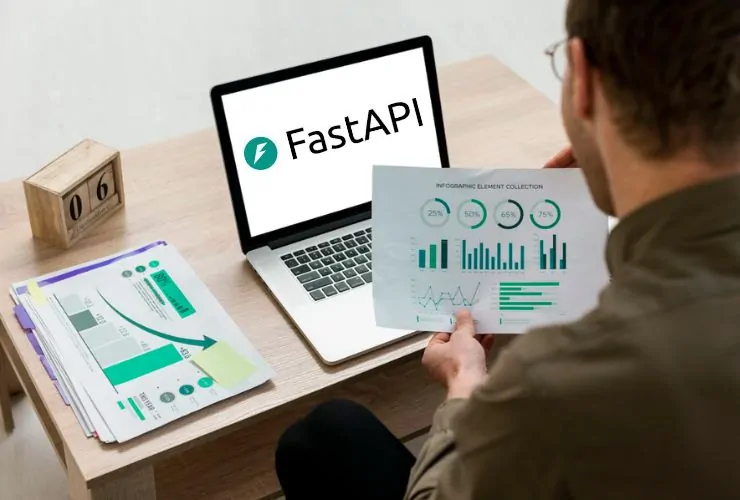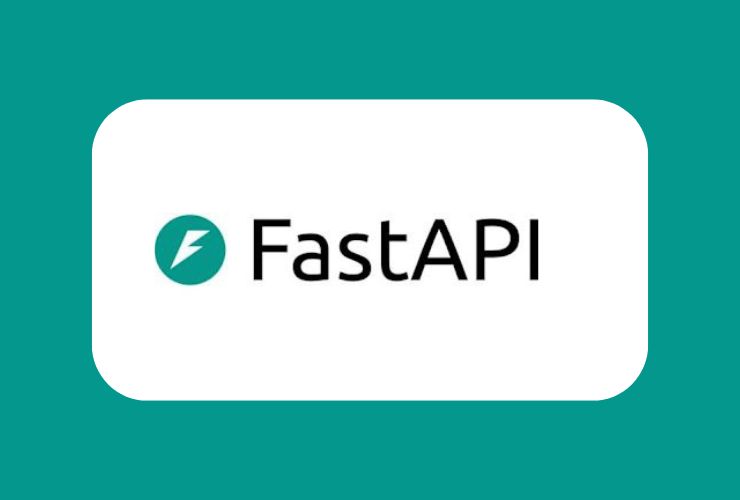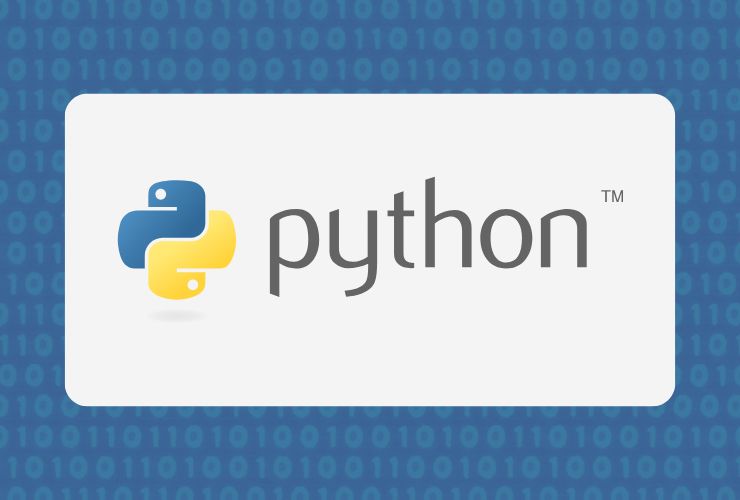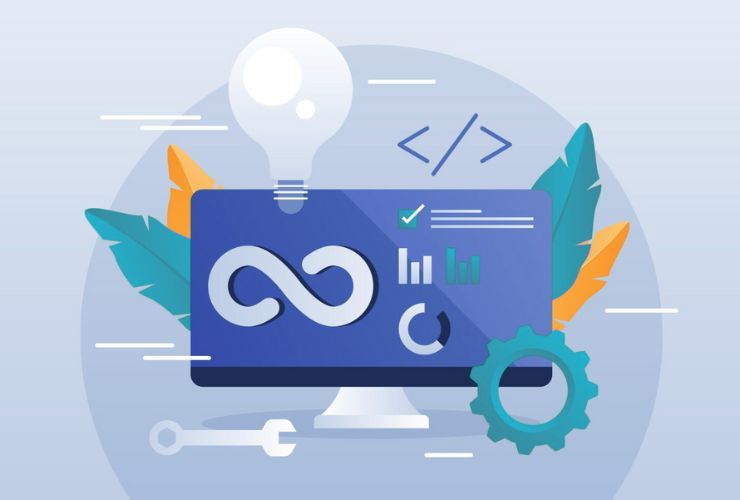No longer are real-time applications confined to chat apps and stock trading platforms. Today, real-time data processing is critical to multiple industries including healthcare, logistics, eCommerce, gaming, and finance, where it forms the backbone for offering a seamless user experience. Developing these applications requires a programming language that is quick and allows for flexibility.
While Python is easy to learn, has a wealth of libraries, and is used in many real-time applications, it is also an interpreted language and has a Global Interpreter Lock (GIL). The GIL can be a barrier in terms of performance, so optimizing for Python in a real-time application requires several techniques and architectural improvements.
We will also discuss the essential question of how best to optimize Python for real-time applications, and why your organization will want to adopt them to provide scalable, low-latency applications.
So Why Use Python for Real-Time Applications?
Python has its issues but it is widely used to produce systems that are real-time, for the following reasons:
- Rich Libraries: Frameworks like FastAPI, Tornado, and asyncio have improved building async applications and lessen the learning curve for developers.
- Community: There are millions of developers around the world working to make performance-focused libraries even better!
- Integration: Python can call C/C++, Java, and various cloud-native tools for workloads that require performance or low-latency features (e.g. analytics, machine learning, data science).
- Scalability: Python will ‘play well’ alongside microservices and the containerized environment of Docker and K8s.
7 Key Optimization Techniques for Python Real-Time Applications
1. Embrace Asynchronous Programming
Async frameworks (i.e. FastAPI, Tornado, asyncio) allow thousands of simultaneous connections with little overhead.
2. Optimize Your Event Loop
An event loop that’s well optimized will only become more powerful as the concurrency increases. Things to avoid are blocking calls and using non-blocking I/O for database calls, file accesses, and APIs.
3. Take Advantage of Multiprocessing and Threading
While Python doesn’t create true multithreading due to the global-interpreter lock (GIL), you can use multiprocess for CPU-bound workloads and threading for I/O bound workloads.
4. Apply Caching for Faster Performance
Response time gets better by caching expensive-to-compute data. One-off results can be stored temporarily with Redis and Memcached in real-time pipelines, saving on repeated computation costs.
5. Consider a Microservices Architecture
Building an application with microservices improves performance and scalability. Microservices written in Python can communicate via message brokers like RabbitMQ or Kafka, to make processing real-time events more efficient and responsive.
6. Treat Your Database as a Bottleneck to Be Managed
Often the part of the pipeline that introduces the most latency is the database. You need manage that latency in a number of ways, including: connection pooling, using single-threaded or async drivers for database access, or considering NoSQL solutions like MongoDB or Cassandra.
7. Profile and Monitor Wherever Possible
You can use cProfile, PySpy, or Prometheus with Grafana for monitoring bottlenecks, memory issues and latency. The better your understanding of the real-time system performance, the better you will be able to tune, or adjust, it.
Common Challenges with Real-Time Python Applications
- Concurrently handling scale without adding latency
- Navigating the constraints of Python’s GIL around CPU-bound functionality
- Ensuring fault tolerance across distributed services
- Processing high-traffic event streams with durability in mind
Best Practices for Success
- Take baby steps: Build out real-time features iteratively and test extensively.
- Load test: Load test tools available like Locust & JMeter can help simulate real-time traffic.
- Use Python with another language: Move computationally heavy processing to extensions like C or Rust while still relying on Python for orchestration.
- Design for cloud scale: Use serverless tools or Kubernetes to auto-scale your services based on demand.
- Use best practices: Follow PEP 8, use type hints, write tests, and calculate test coverage.
What We Do at Empirical Edge
At Empirical Edge we build and optimize real-time Python applications geared to your business. Whether you’re building a real-time dashboard, an AI-enabled decisioning system, or a financial trading platform, we create applications that are both low-latency and scalable.
Our services include:
- Custom Python Development: Building high-performance, real-time applications.
- Performance Optimization: Event loop tuning, caching, and concurrency improvements.
- Microservices & API Development: Secure, scalable APIs and event-driven architectures.
- Real-Time Data Processing: Integration with Kafka, RabbitMQ, and cloud-native pipelines.
- Monitoring & Maintenance: Continuous profiling, error tracking, and 24/7 support.
Learn more about our services here: Python Development Services
Conclusion
Optimizing Python for real-time applications requires the right combination of asynchronous programming, caching strategies, microservices, and continuous monitoring. By implementing these techniques, businesses can unlock fast, scalable, and reliable solutions that meet the demands of today’s digital world.
At Empirical Edge, we help organizations harness the full potential of Python to build future-ready real-time applications that drive efficiency, innovation, and competitive advantage.
Ready to optimize your Python applications for real-time performance? Contact Empirical Edge today!










